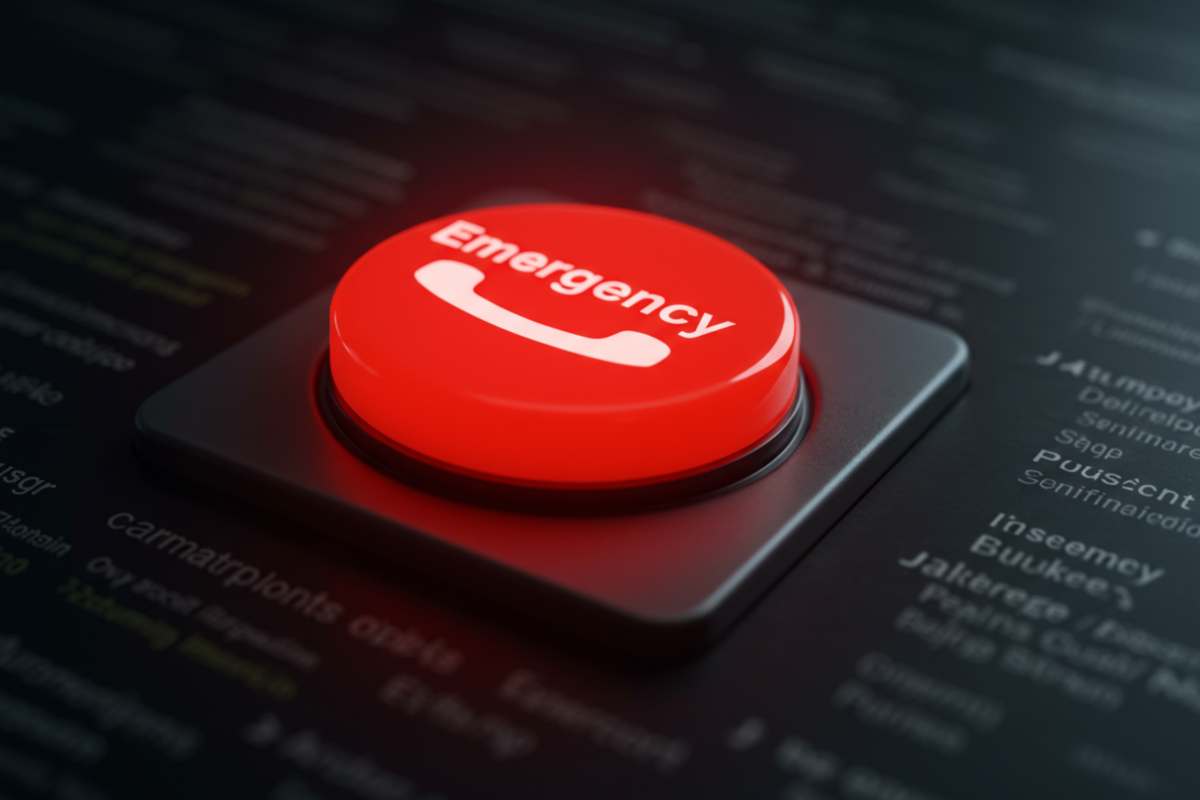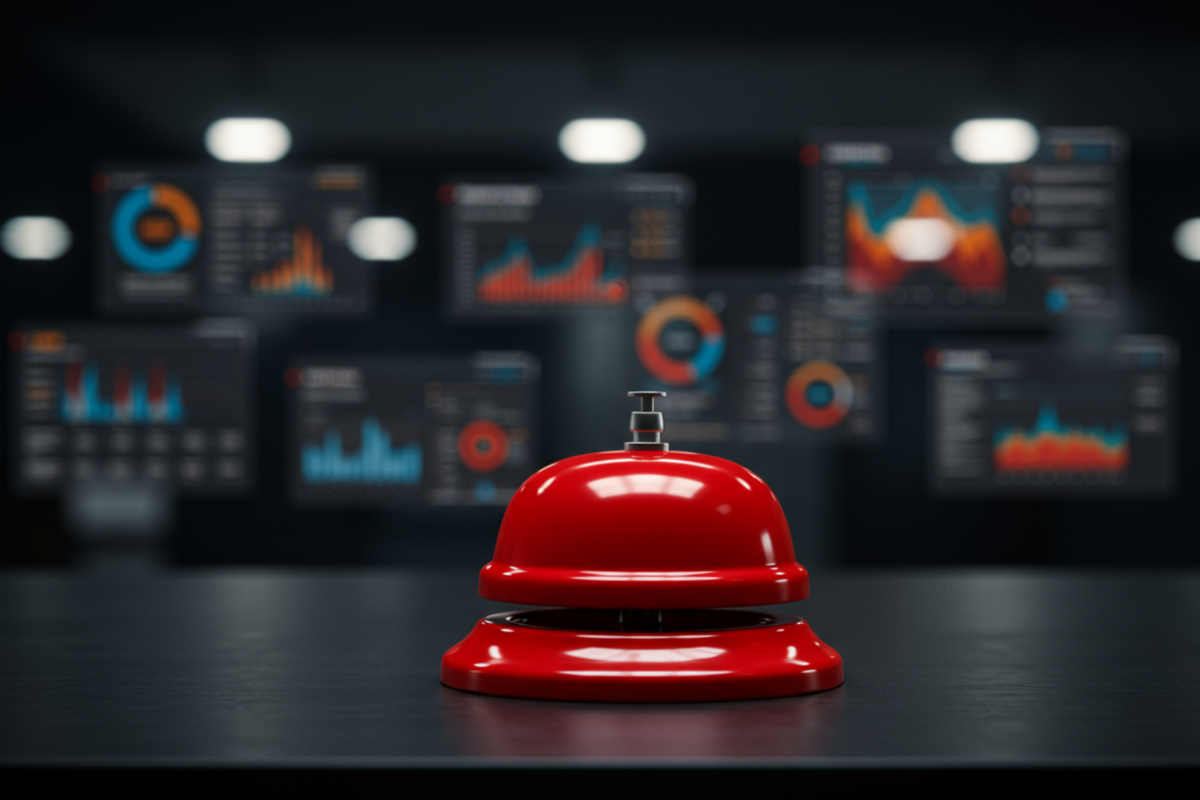PPC vs. Google Local Services Ads: Choosing the Right Solution for Emergency Trade Services
- Understanding Your Options: PPC, Call‑Only Campaigns, and Local Services Ads
- How Pay‑Per‑Click Advertising Works for Emergency Trade Businesses
- Exploring Call‑Only Campaigns: When Immediate Contact Matters
- Google Local Services Ads: Boosting Local Visibility for Urgent Needs
- Comparing Effectiveness: Which Ad Solution Delivers the Best Results?
- Empowering Small Businesses: Smart Tools and Tips for Marketing Success
Understanding Your Options: PPC, Call‑Only Campaigns, and Local Services Ads

In the fast-paced world of emergency trade services—think plumbers, electricians, locksmiths, and HVAC specialists—reaching customers at the exact moment they need you is critical. To achieve this, many small businesses turn to digital advertising, but with so many options, how do you know where to invest your time and budget? Three of the most prominent choices are Pay‑Per‑Click (PPC) ads, Call‑Only campaigns, and Google Local Services Ads (LSAs).
PPC ads are the traditional paid search ads you see at the top of search engine results, driving traffic to your website where potential customers can learn more or get in touch. Call‑Only campaigns, a specialized form of PPC, are designed to encourage users to call your business directly without visiting your website—perfect for urgent situations. Local Services Ads, on the other hand, are a newer format from Google that showcases verified local professionals at the very top of search results, complete with customer reviews and a Google Guarantee badge.
Each of these solutions offers unique benefits and challenges, especially when it comes to serving customers in need of immediate assistance. Understanding the strengths and nuances of each channel is the first step toward making an informed decision that aligns with your business goals and customer needs. In the following sections, we’ll break down how each option works, their pros and cons for emergency trades, and tips to maximize your marketing efforts.
How Pay‑Per‑Click Advertising Works for Emergency Trade Businesses

Pay‑Per‑Click advertising, often associated with platforms like Google Ads and Bing Ads, is a cornerstone of digital marketing for many small businesses. The concept is straightforward: you bid on keywords relevant to your services—such as “24-hour plumber near me”—and your ad appears when a user searches those terms. You only pay when someone clicks your ad, making it a cost-effective way to drive targeted traffic to your website.
For emergency trade businesses, PPC offers the advantage of reaching a wide audience actively searching for your services. You can tailor your campaigns by location, time of day, or even device type, ensuring your ads are most visible when customers are likely to need urgent help. The granularity of reporting means you can measure every click, impression, and conversion, allowing for data-driven optimization of your ad spend.
However, PPC is not without its challenges. High competition for emergency service keywords can drive up costs per click, especially in densely populated areas. Additionally, even with well-written ads, users must still visit your website and take the extra step to contact you, which could slow down the response time in urgent situations.
For example, imagine a homeowner with a burst pipe searching for help at midnight. If your PPC ad ranks highly, they may click through to your site, read about your services, and then call. But in moments of panic, even this minor friction can make a difference. That’s where specialized ad formats, like Call‑Only campaigns, come into play.
Exploring Call‑Only Campaigns: When Immediate Contact Matters

Call‑Only campaigns are a tailored solution for businesses that want to prioritize direct phone calls over website visits. Unlike standard PPC ads, Call‑Only ads are designed specifically for mobile users and display a clickable phone number instead of a link to your website. When someone taps your ad, their phone dials your business immediately—making it a powerful tool for emergency service providers.
This approach removes barriers between a potential customer’s urgent need and your ability to help. For example, if someone is locked out of their house, they want the fastest route to assistance. A Call‑Only ad ensures that with one tap, help is on the way.
Setting up Call‑Only campaigns is straightforward within platforms like Google Ads. You can target by location, schedule ads for times when you’re available, and even track which calls come directly from your ads. The immediacy of this format often leads to higher conversion rates for urgent service requests.
However, there are some limitations to consider. Call‑Only ads are displayed primarily on mobile devices, so you may miss out on desktop users. Additionally, your business must be prepared to answer every call promptly; missed calls can mean lost customers, especially when time is of the essence.
For emergency trade services, Call‑Only campaigns can be a game-changer, but only if your operations are set up to handle quick and effective phone responses.
Google Local Services Ads: Boosting Local Visibility for Urgent Needs

Google Local Services Ads (LSAs) are designed specifically to connect local customers with trusted service providers—making them an ideal fit for emergency trades. When someone searches for urgent help, such as “emergency electrician near me,” LSAs appear at the very top of Google’s search results, even above traditional PPC ads. These listings showcase key information, including your business name, ratings, hours, and the coveted Google Guarantee badge.
The Google Guarantee is a trust signal that tells customers your business has been vetted by Google and meets certain quality standards. If a customer is dissatisfied, Google may reimburse them for jobs booked through your ad, up to a certain limit. This added layer of confidence can be the deciding factor for someone in a stressful situation.
Unlike PPC, LSAs operate on a pay-per-lead model—you only pay when a potential customer contacts you through the ad, either by call or message. This can deliver a better return on investment, especially when budgets are tight and every lead counts. LSAs also make it easy for customers to compare providers, read reviews, and reach out directly, streamlining the decision-making process for urgent needs.
There are, however, some caveats. LSAs are available only in select service categories and locations, and businesses must complete a rigorous verification process before ads can go live. Despite these hurdles, the benefits of top-of-page placement, local targeting, and enhanced credibility make LSAs a compelling option for emergency trade services looking to stand out.
Comparing Effectiveness: Which Ad Solution Delivers the Best Results?

Choosing between PPC, Call‑Only campaigns, and Local Services Ads depends on your business goals, resources, and the urgency of your customers’ needs. Each approach shines in different scenarios, and understanding their strengths can help you allocate your budget more wisely.
PPC campaigns provide broad visibility and control, making them suitable for building brand awareness and capturing a diverse range of leads. They work well if you have a comprehensive website that informs and converts visitors. However, the cost per click can escalate quickly in competitive emergency service niches, and there’s an extra step before customers can connect with you.
Call‑Only campaigns are the go-to solution when immediate contact is paramount. They reduce friction for mobile users in urgent situations and often yield higher conversion rates for time-sensitive services. The downside is their reliance on mobile traffic and your team’s capacity to answer every call without delay.
Google Local Services Ads offer a unique combination of trust and convenience. With pay-per-lead pricing, you’re investing directly in real customer contacts, while the Google Guarantee badge enhances credibility. LSAs typically deliver higher-quality leads with local intent and are especially effective for businesses that have positive customer reviews and can navigate Google’s verification process.
For emergency trade services, combining these strategies can yield the best results. For example, LSAs can capture high-intent leads at the top of the funnel, Call‑Only campaigns cater to urgent mobile inquiries, and PPC fills in the gaps by targeting broader search behavior. Matching the right tool to the right moment is key to maximizing your reach and efficiency.
Empowering Small Businesses: Smart Tools and Tips for Marketing Success

Navigating the landscape of digital advertising can be daunting, especially for small business owners juggling multiple responsibilities. Fortunately, advancements in AI marketing and automation tools have made it easier than ever to launch, manage, and optimize campaigns across PPC, Call‑Only, and Local Services Ads.
To get the most out of your advertising budget, consider using AI-driven platforms that simplify campaign setup, automate bidding, and provide real-time analytics. These tools can identify which keywords or ad formats are delivering the best results, helping you make data-backed decisions and adjust your strategy on the fly. Automation also ensures you never miss an opportunity, even outside of business hours.
Content creation is another area where technology can be a game-changer. Smart editors and content assistants help craft compelling ad copy, tailored landing pages, and eye-catching visuals—essential for standing out in crowded search results. Templates and AI-powered suggestions can streamline the creative process, ensuring your messaging is both effective and consistent across channels.
Finally, tracking and analyzing campaign performance is crucial for ongoing success. Set up clear goals, monitor key metrics like cost per lead and conversion rates, and use insights to refine your approach. By embracing modern tools and staying agile, small business owners can compete with larger rivals and deliver exceptional service when customers need it most.
By understanding the unique strengths of PPC, Call‑Only campaigns, and Local Services Ads—and leveraging smart marketing tools—emergency trade businesses can connect with customers in their moment of need, grow their reputation, and achieve sustainable success.